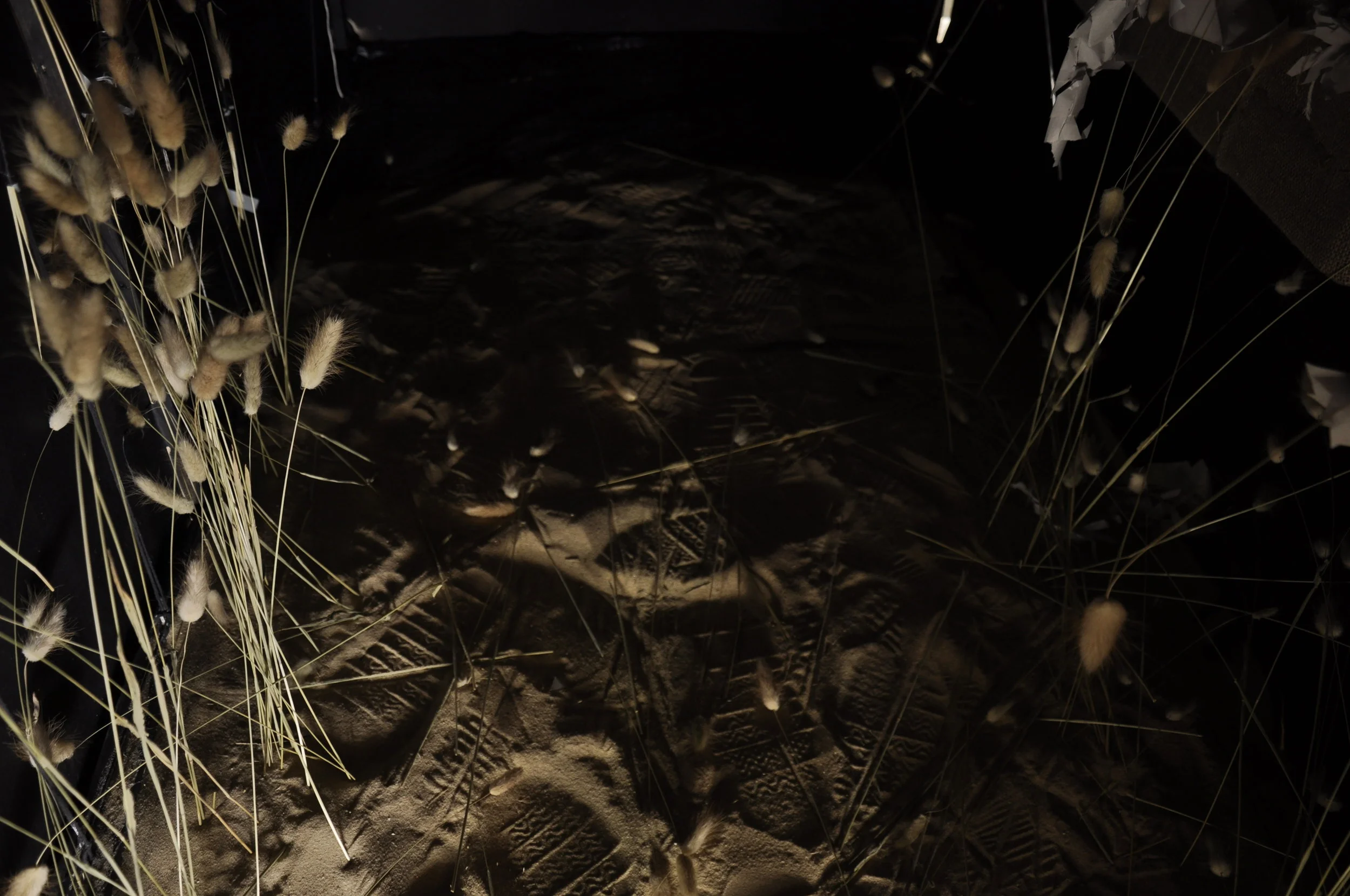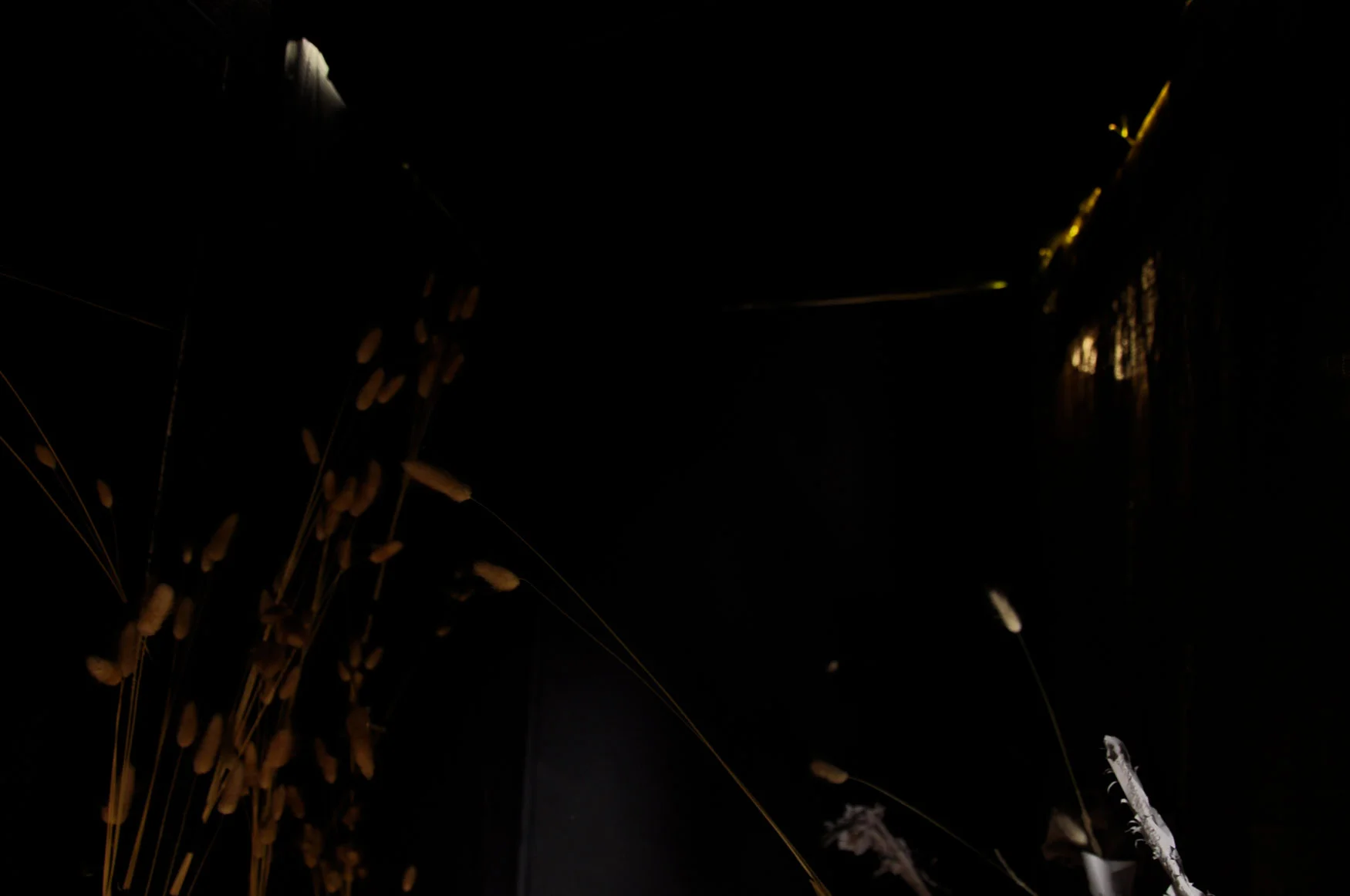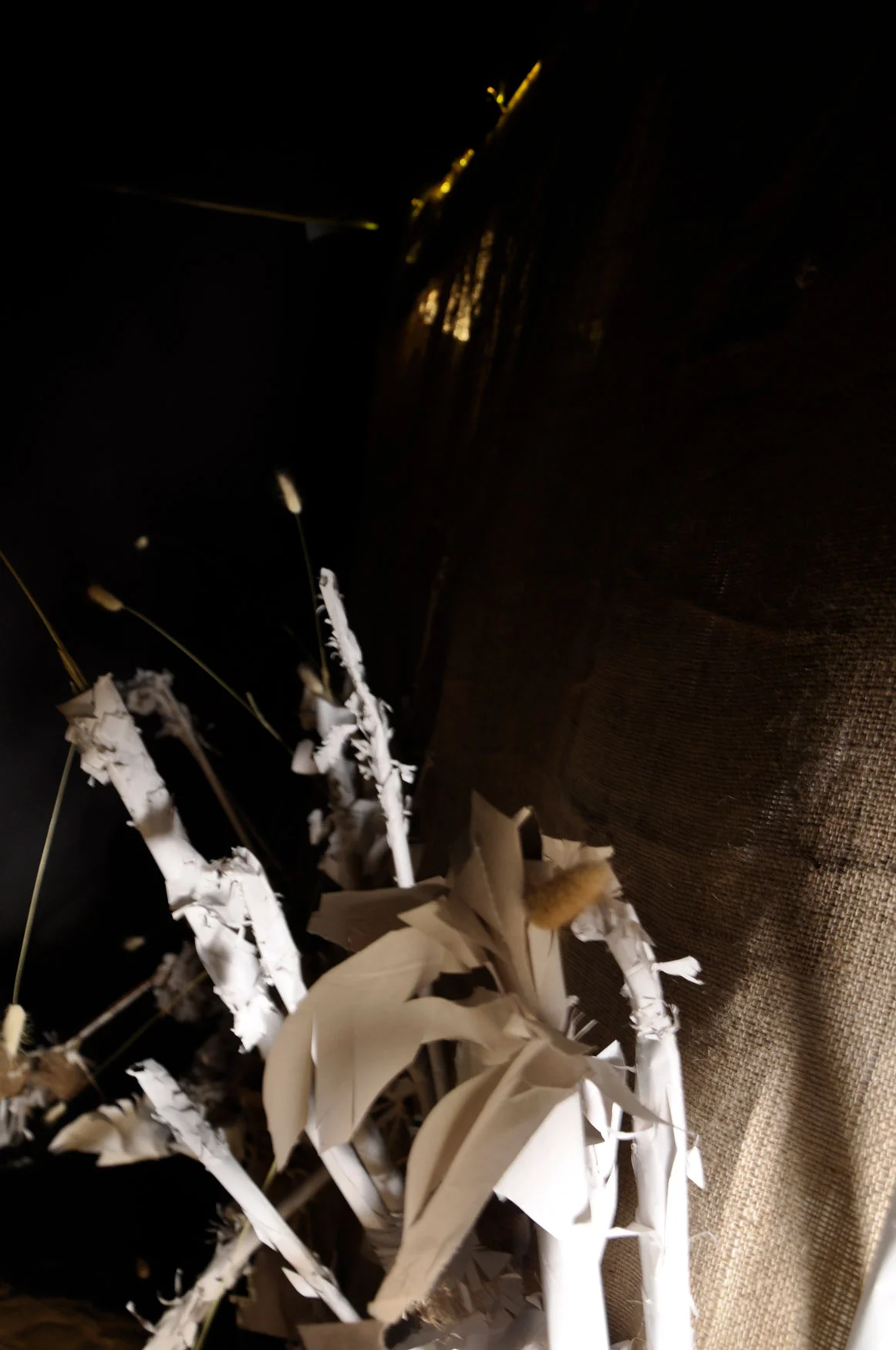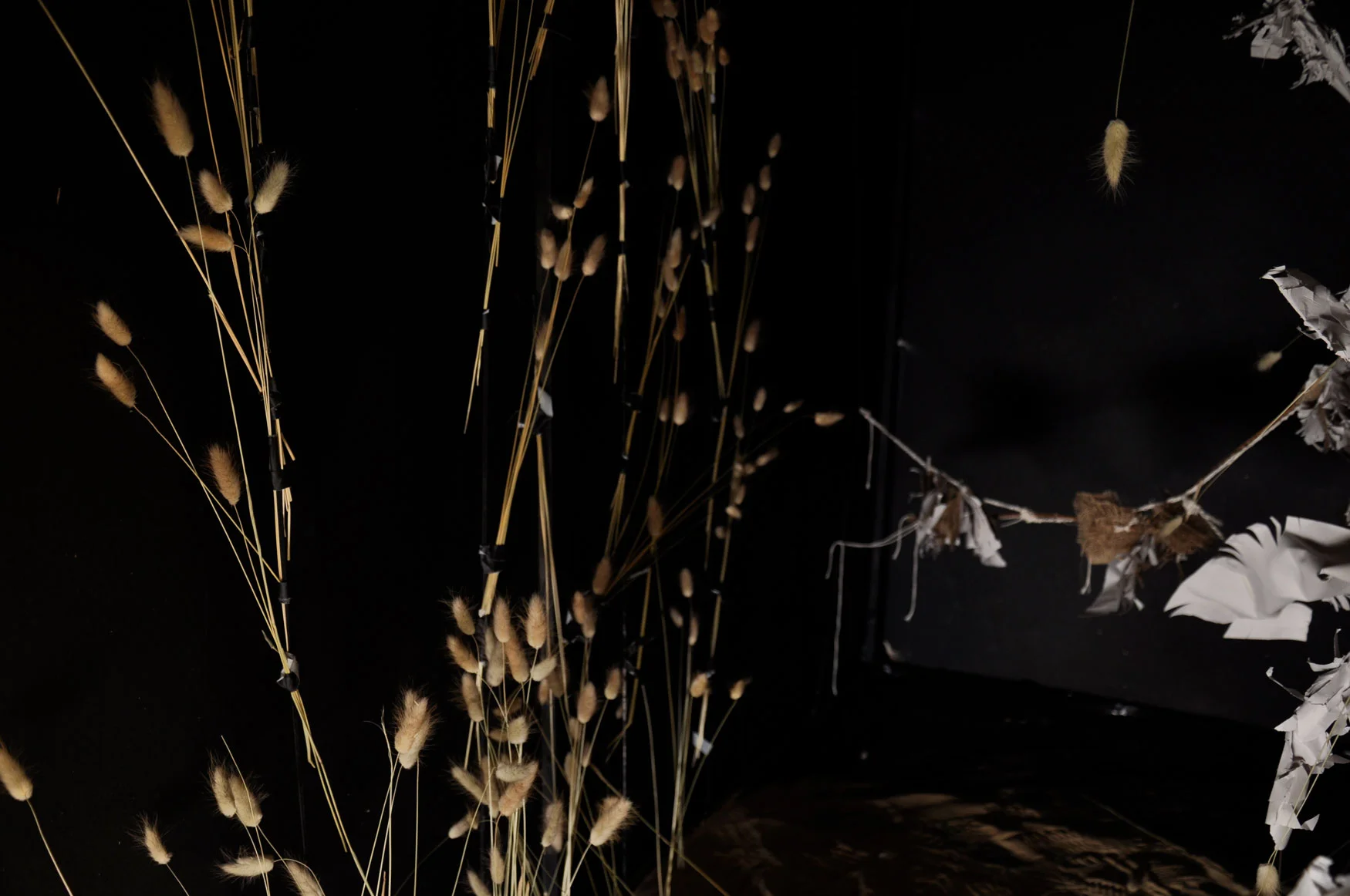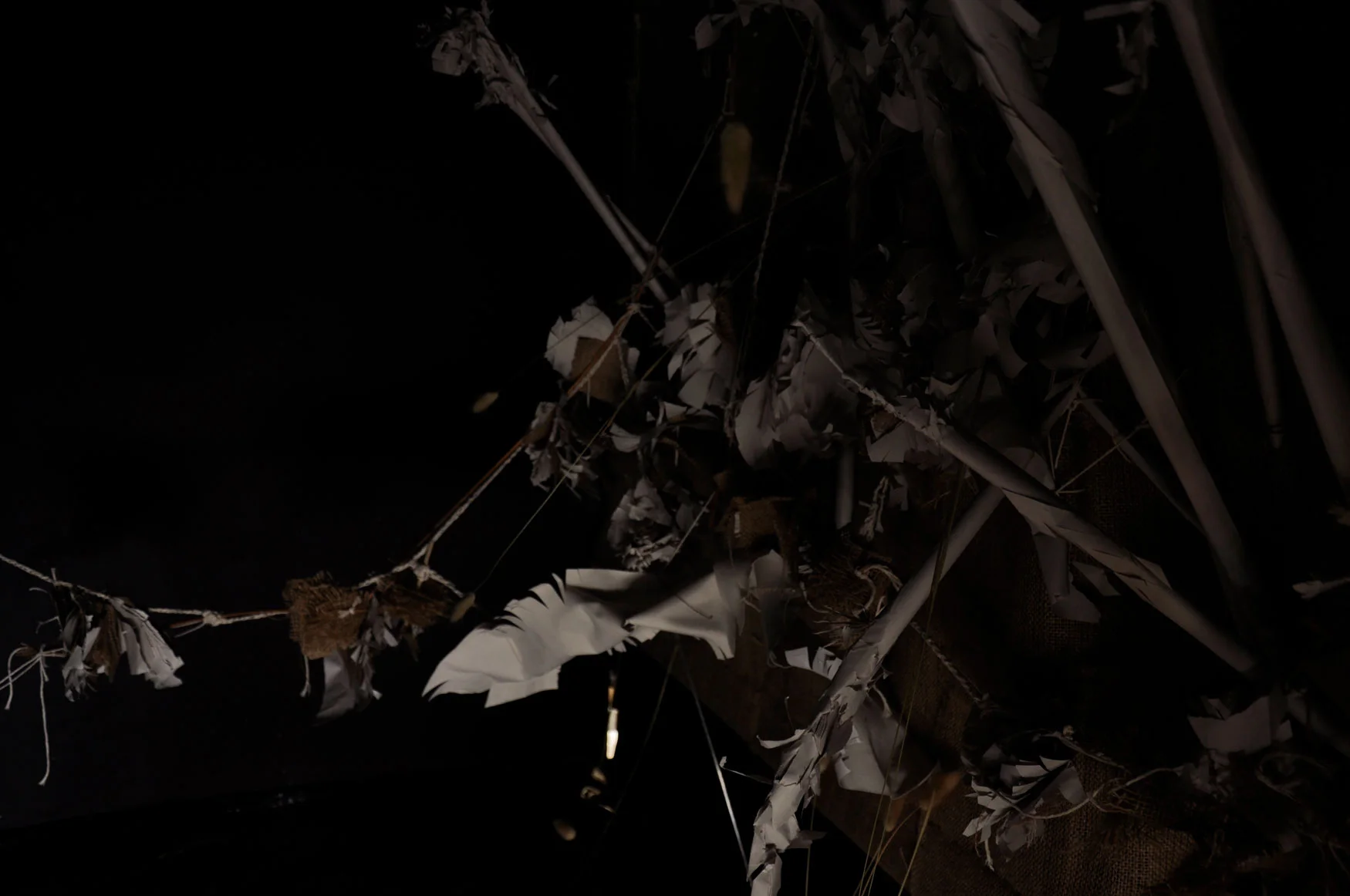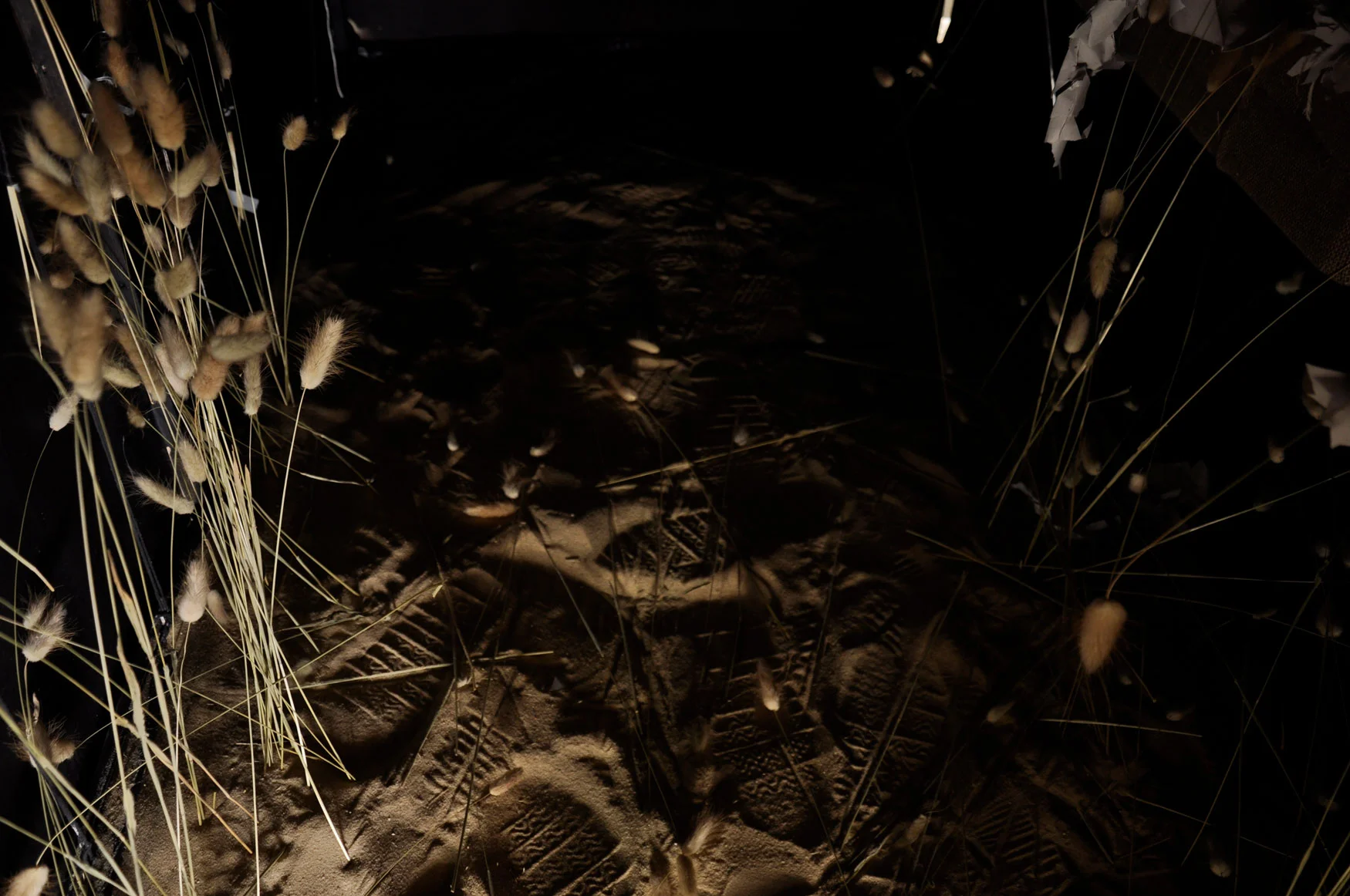Please Do Touch
Co-created work with Shane Pedraza for the Design Detail course at Parsons The New School for Design with Gyungju Chyon.
Art is created with all the senses, and open for individual examination and interpretation; but, often, it is only experienced through one sense—vision. While heavily relied upon, sight is also a sense that limits what one sees. For one’s brain can only interpret a portion of the information provided by the optic nerve. Indeed, for all its ability to evoke a memory, and allow one to sojourn to an alternate reality, art must be viewed and begs the viewer to provide contextual information based on his or her own experiences. But how is this process to occur, if one has not experienced the context of the artist’s work? One views art in museums and galleries but is not allowed to touch it. He or she must follow a curated path of experience based on a broad generalization and not an individual’s uniqueness.
In Please Do Touch, my partner, Shane Pedraza, and I began by proposing what would happen to this curated path if one’s reliance on vision were eliminated. By replacing the input of visual data with that of data from haptic and aural sensations, we believe one can comprehend the composition, artist’s intent, and the objective and subjective qualities of a piece of artwork. As a starting point for investigation, we selected Vincent Van Gogh’s Wheat Field with Crows (1890). The painting is one of three Van Gogh painted before he committed suicide. Furthermore, not only has it been analyzed by noted art historians, the work was prolifically documented in Van Gogh’s correspondence to his brother, Theo, at the time. Though our prototype installation is neither a re-creation of a wheat field nor an exact replica of the painting at a larger scale, we used research on the painting, Van Gogh, and the actual site in Auvers, France to inform a specific haptic experience of an artist’s work and his oeuvre using common nondescript materials. These materials consisted of newsprint, string, cardboard, jute burlap, and a sand-dirt mix similar to that found in Auvers.
Our senses enable us to learn in a variety of ways. To solely rely on a visual understanding of art makes art inaccessible for many who are haptic, aural, and kinesthetic learners. Now more than ever, society functions through visual comprehension, and our attention spans have decreased as a result. Using haptic and aural senses requires one to slow down and become mindful of his or her environment. Shane and I see Please Do Touch as a way of engaging visitors who might not have a background or interest in art history, and those who may have seen art as something they just do not understand. By eliciting the haptic senses to provide a vast amount of contextual information, we also see Please Do Touch as an enabler of empathy to the artist and subject, and a timeless conduit of dialogue between the viewer and the artist.

